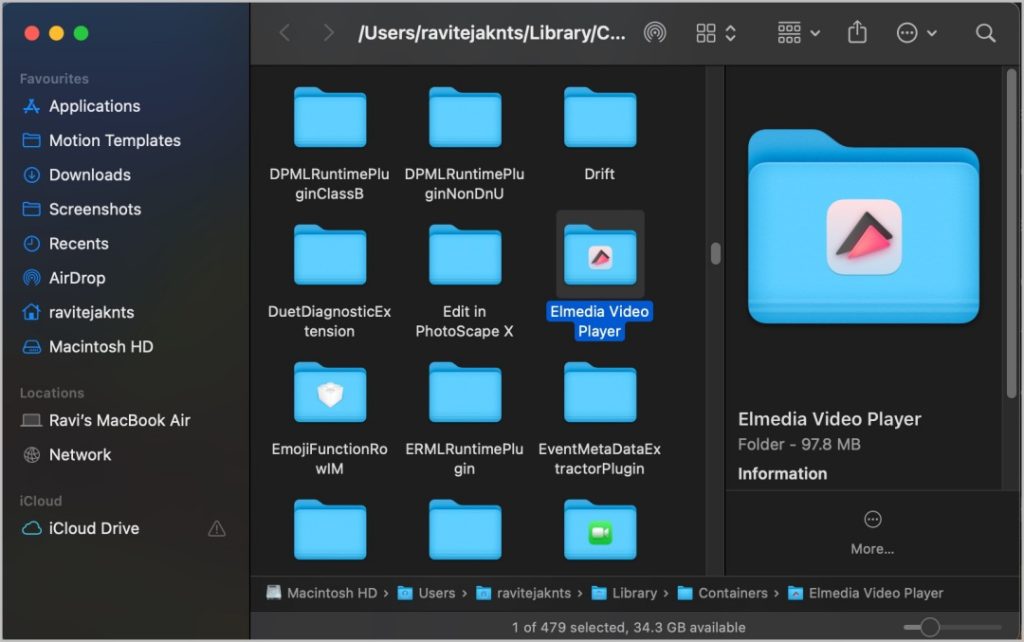You either tangle and throw away app icons to the Trash binful or delete them from the Finder to uninstall apps . However , it will only delete the apps but not the file create by these applications . Such files are useless , take up storage space , and sometimes even run in the backgroundaffecting barrage spirit . So , it ’s necessary to uninstall apps including leftover files properly . Here ’s how you could altogether uninstall apps on your Mac including leftover files .
There are multiple ways to uninstall apps perfectly from manually finding and remove the files tousing third - party appsthat can make work easier . countenance ’s start with the best alternative that works effectively in finding and deleting all the connect Indian file .
Table of Contents
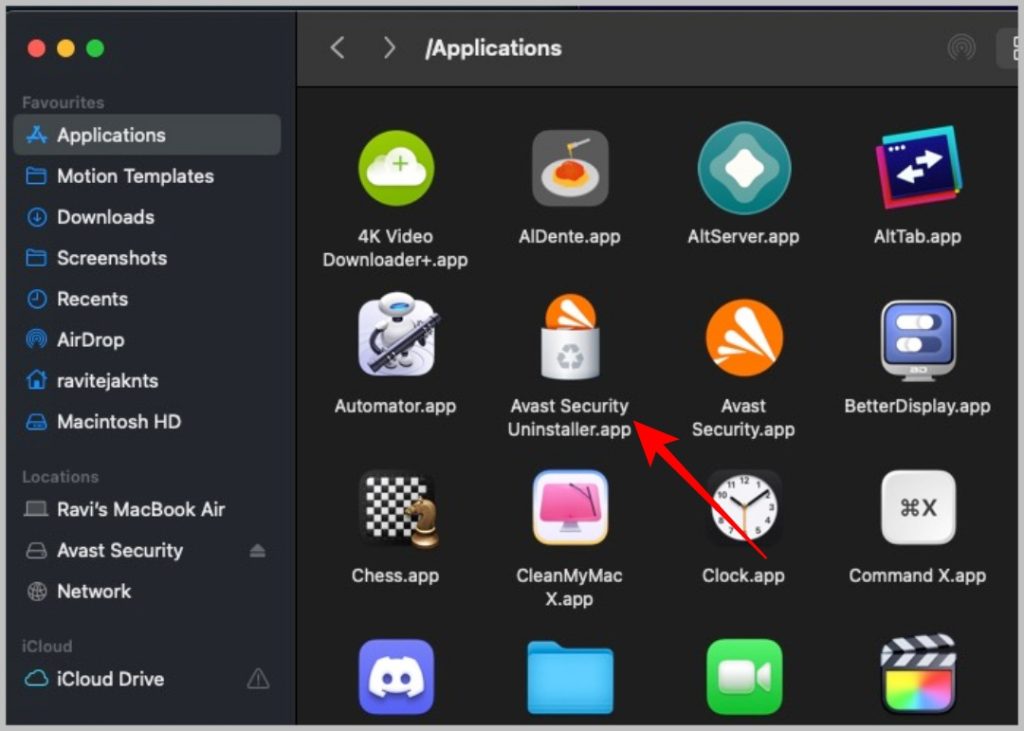
1. App’s Own Uninstaller App (Safest)
Some apps come with their own uninstaller app . For example , Avast gets installed along with its uninstaller app called Avast Uninstaller . The use of this uninstaller app is to uninstall that specific app perfectly along with all the files related to that app . However , most apps do n’t arrive with an uninstaller app . So this method wo n’t work for all apps . But if do see an uninstaller app , use that since it can easily search and delete all files and folders created by the app .
1.Open theFinder appand navigate to theApplicationsfolder . Here agree if there is any uninstaller app for the app that you desire to delete . Such apps haveuninstallerin their name gain it easier to place .
2.If there is an Uninstaller app , open it and survey the on - screen instructions to uninstall the app . This will uninstall both the main app along its uninstaller .
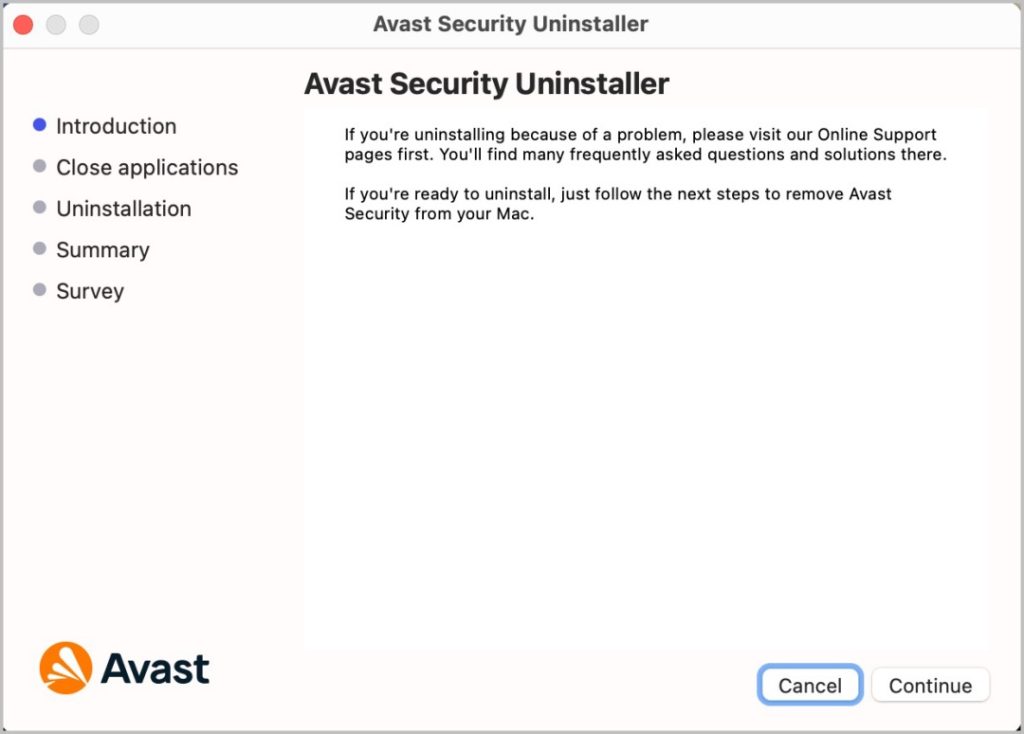
For some apps , the uninstaller app will not be installed when you are installing that app . So , you may have to check for the uninstaller program on the app ’s site . While it ’s a lot of work just to uninstall one app , this process will make trusted that you are uninstalling the app correctly including the leftover files .
2. Third-Party Uninstaller App (Recommended)
Using the app ’s uninstaller works heavy , but not all applications have one . Some third - party apps will help uninstall an software along with their remnant filing cabinet all without the uninstaller , yield and liberal .
Some examples admit CleanMyMac X , MacKeeper , and Ccleaner whichcan do a lot more than uninstalling an applicationalong with files .
But if you are not using one of the above , we urge a simple , free , and comfortable - to - exercise app called AppCleaner .
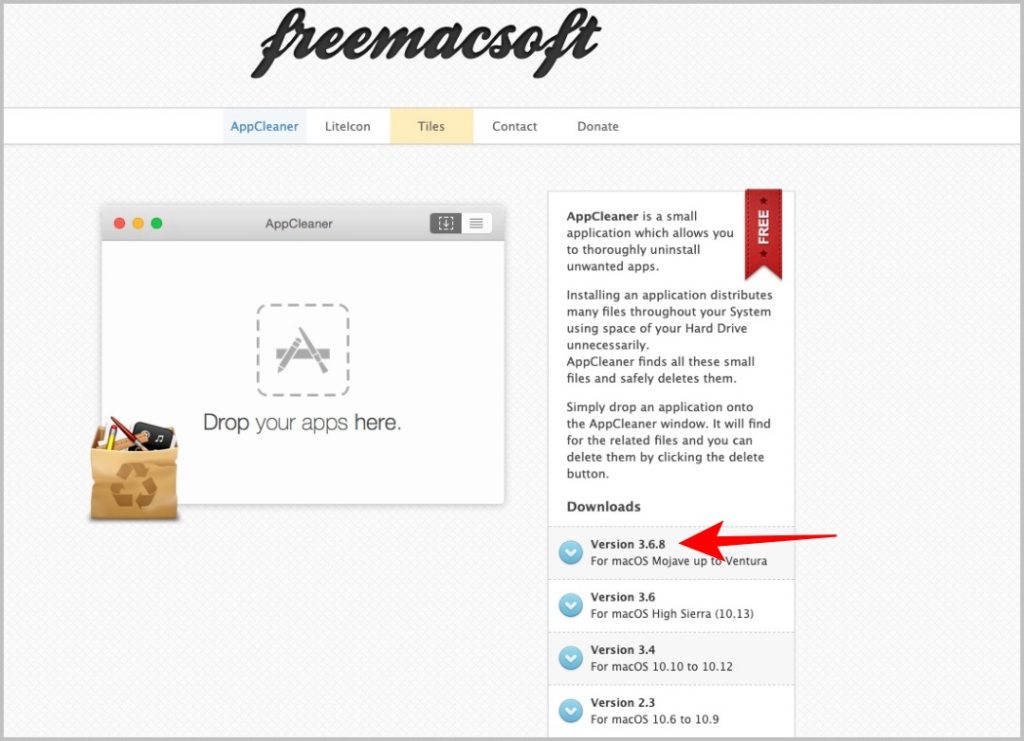
1.Download the former interlingual rendition of theAppCleaner appsupported by your MacOS version .
2.start the downloaded postal code file to unzip it . Then drag and drop off the AppCleaner applications programme icon into theApplicationfolder to set up it .
3.Now open theAppCleanerapp . you may hang back any app program to check for all the connect data file .
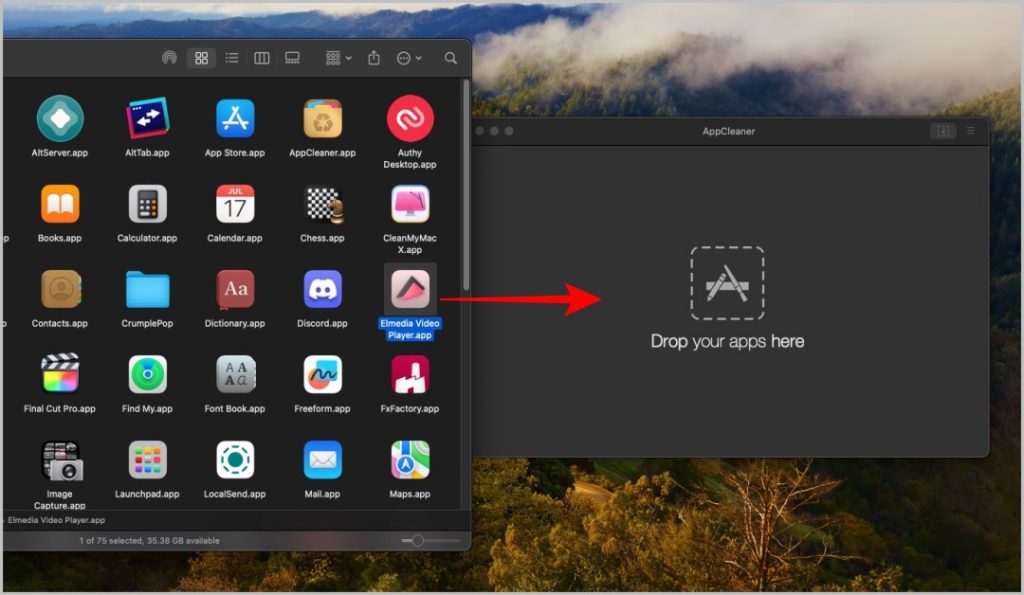
4.Alternatively , shift to thelist viewin the top left corner . Here , you could search for the software that you require to Uninstall .
5.Once you drop down or take the program program from the leaning , you will see all the files related to the app .
6.You have the option to deselect any file or booklet if you intend it ’s needed . Once done , press theRemovebutton .
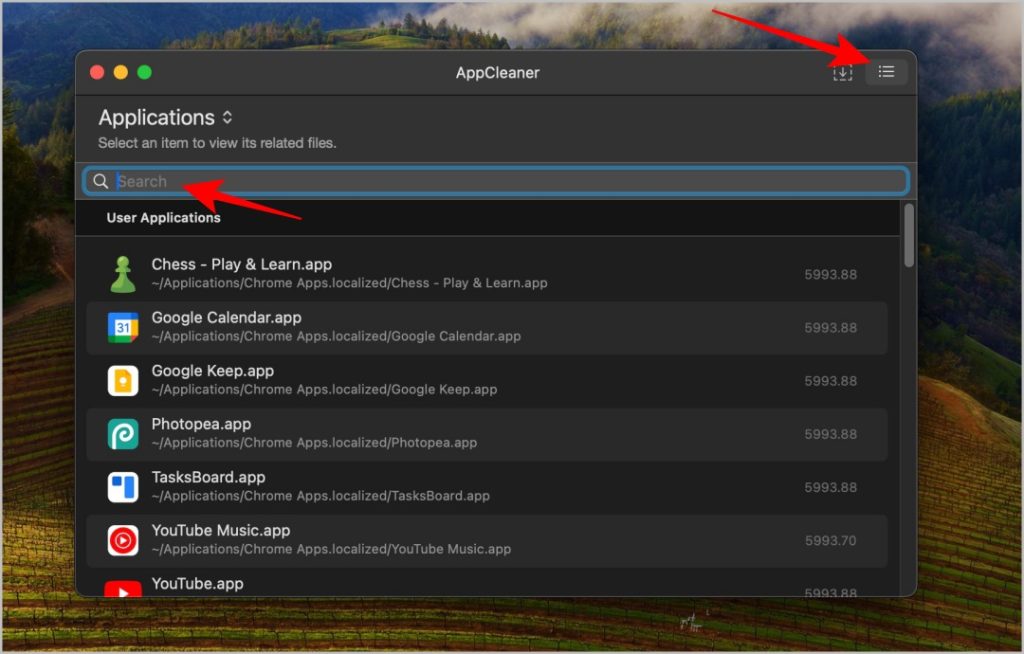
7.The diligence may demand for your Mac password to verify and uninstall the program along with its files .
8.Are you seeing the alert message “ You do not have permission to move the files to the trash ” . That means the app will also show you the files that it does not have permission to delete .
9.Just tap themagnifier iconbeside that file cabinet .
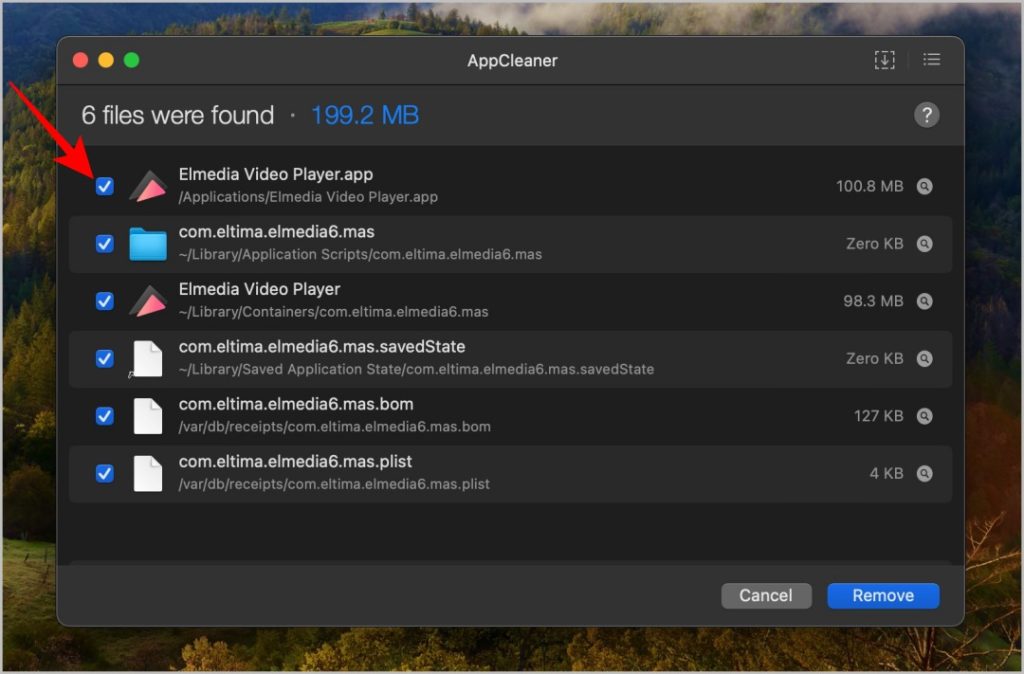
10.It will launch the Finder app highlight the file . take the file cabinet and blue-pencil it by pressingCommand+Delete .
11.Once done , tap theRemovebutton to uninstall the app .
3. Manually Uninstall Apps
If you do not desire to set up a third - party app , then your only option is to incur all the related file and erase them manually . It can be a complicated cognitive operation and there is a good chance that you may not find all the relevant single file manually . Remember , do not delete file that you are diffident of as you might accidentally blue-pencil file related to some other apps or organisation resources . That being say , here ’s where you could find files related to the app that you need to uninstall .
1.The principal diligence files are located in / Applications/. Some applications can be stored inside the folders under the same location .
take down : By default option , applications will be install in the ancestor software brochure , not the exploiter Applications folder . However , most related to files and data point will be saved under the user account . The ~ icon represent the exploiter ’s directory .
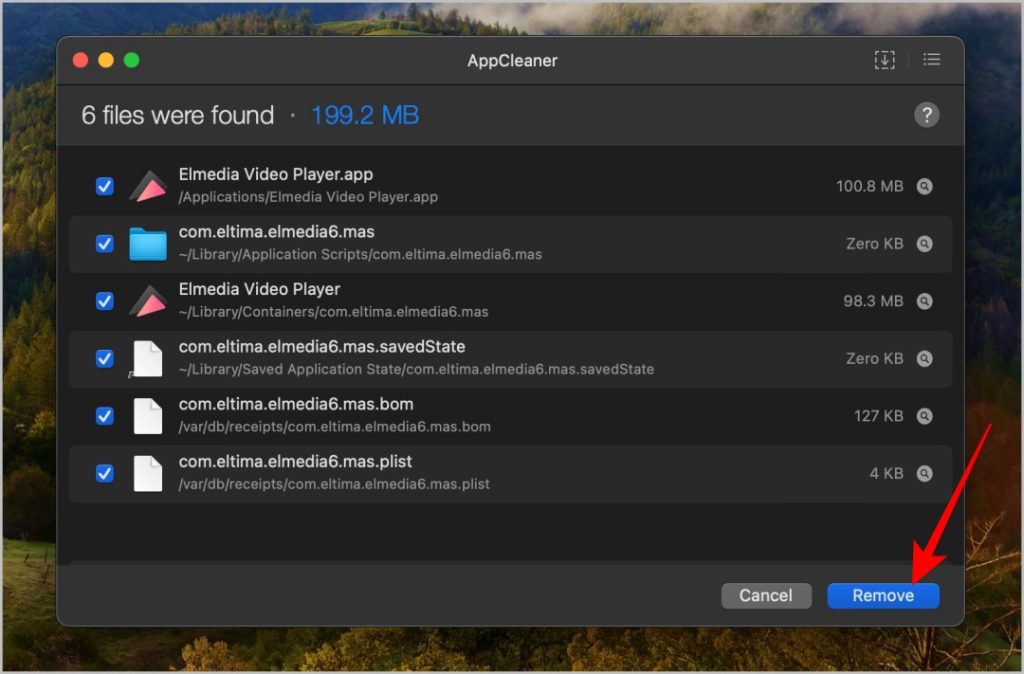
2.program living files are located in~/Library / applications programme Support/
3.Support Caches can be found in / Library / Caches / and~/Library / Caches . Cache file should be available on both the theme pamphlet and the user folder .
4.Plugins are located in~/Library / Internet Plug - Ins/
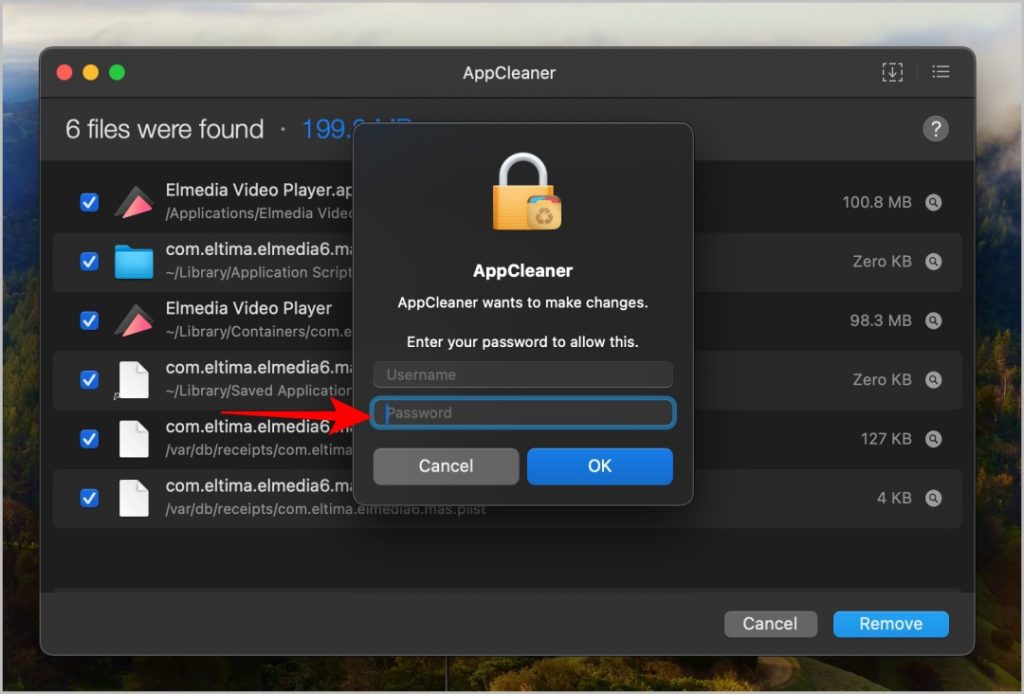
5.Library can be retrieve in~/Library/
6.App taste are located in~/Library / Preferences/
7.Crashes are found in~/Library / app Support / CrashReporter/
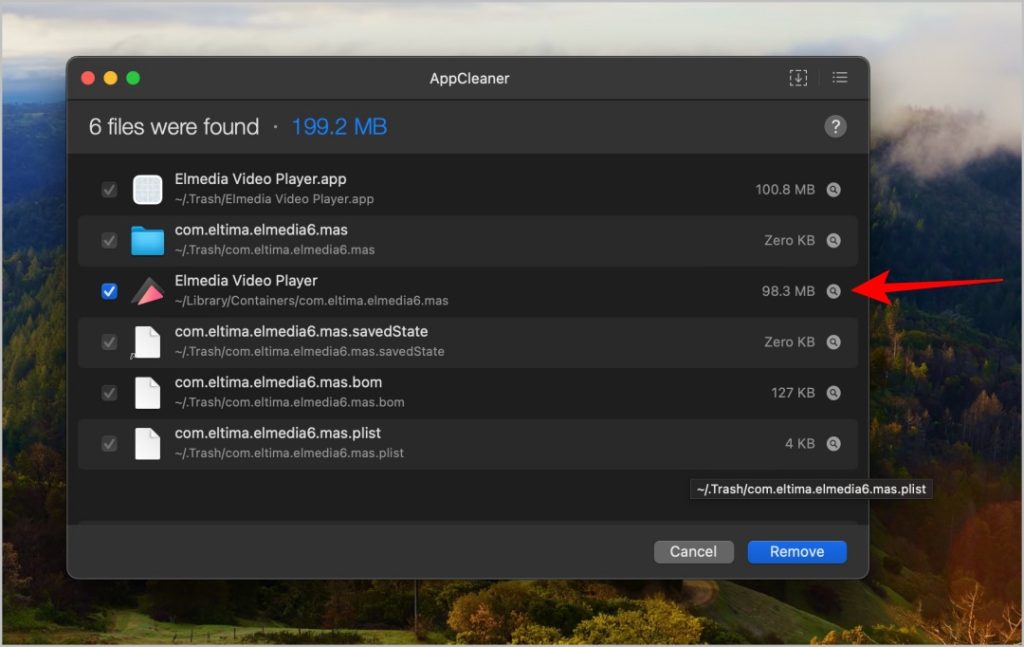
8.App saved states are place in~/Library / Saved app State/
Completely Uninstall Apps on Mac Including Leftover Files
Apart from the abovementioned method , you could also uninstall an app completely with its files / folders using the Terminal . However , there is n’t a command that can find oneself and delete all the app - relate data file automatically . You may have to use thermcommand and remove all the file and leaflet manually from the locations mentioned above bynavigating through the Mac Terminal .
We will highly commend using the official uninstaller that came with the app or a third - company uninstaller app in case you are not certain . There is more that can go wrong here when following the manual route .
Apple iCloud Icons and Symbols Meaning – Complete Guide
Best Macbook in Every Price Range and Use Case: Mac…
Apple Could Launch Its Updated Macbook Air With M4 Later…
Turn Any Website Into Your Mac’s Wallpaper With This App
Apple M5 Chip: Why It’s Sticking to 3nm Technology
macOS 15.2 Beta: Add Weather Widget to Menu Bar on…
How to Check MacBook Battery’s Health and Cycle Count (M…
macOS Sequoia 15.1: How to Enable and Use Type to…
6 New Features Coming to macOS Sequoia 15.1
7 Settings to Make macOS Feel-Like Windows
